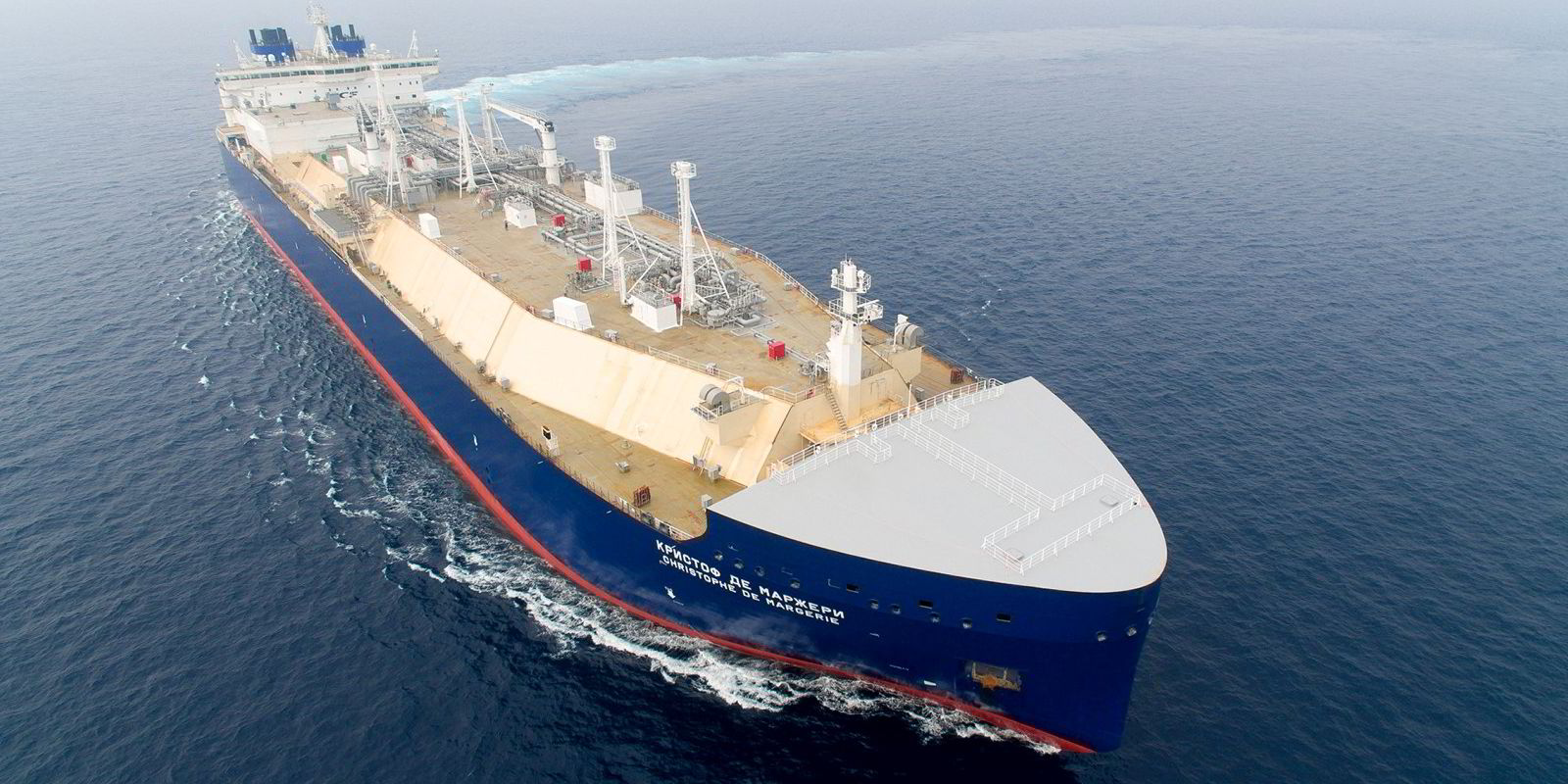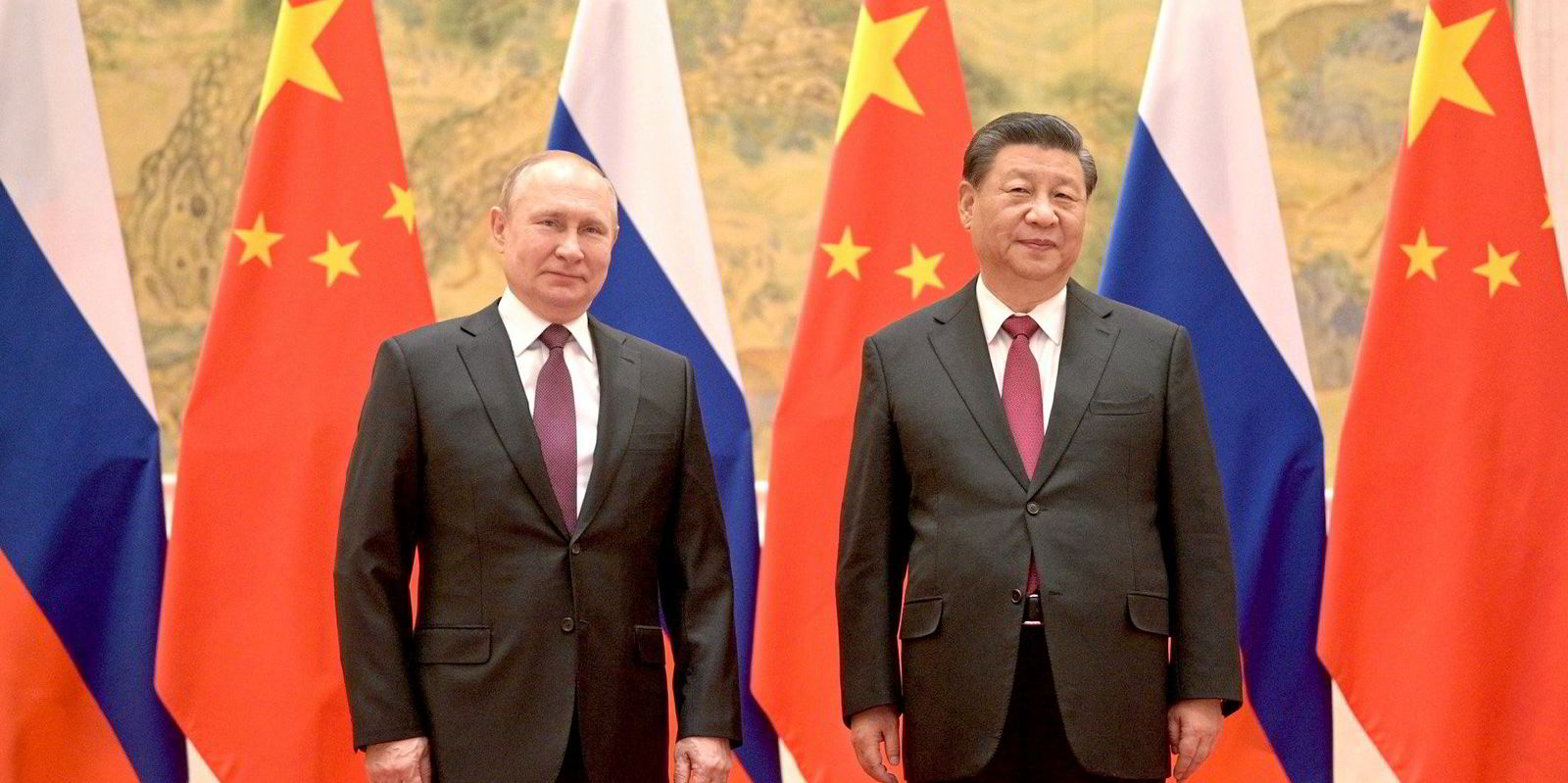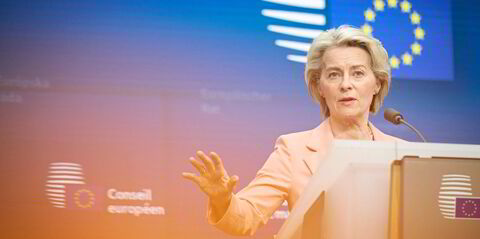The European Union continues to be heavily reliant on Russian LNG imports, latest figures from Banchero Costa show.
In the first 10 months of 2022, the group of 27 nations imported 81.8m tonnes of LNG — a 68.4% increase from the 48.6m tonnes in the same period last year.
“This is also, by far, an all-time record,” the Italian broker said.
In contrast, Russian volumes to the UK crashed by 82.5% year on year, from 1.7m tonnes to 300,000 tonnes.
Russia is the fourth-largest seaborne exporter of LNG in the world, after Australia, Qatar and the US, with an 8.1% share of the market this year,
The second top destination for its LNG after Europe was Japan, which accounted for almost 21% of Russian shipments in the first 10 months of 2022. However, shipments were down 0.5% to 5.6m tonnes.
Shipments to China increased by 21.2% in the year to date to 4.4m tonnes — 16.1% of Russian LNG shipments so far in 2022.
Exports to South Korea declined by 20.9% year on year to 1.6m tonnes. South Korea accounts for 6% of Russian LNG exports.
In 2021, Russia exported 30.3m tonnes of LNG by sea, according to Refinitiv vessel tracking, an increase of 5.4% year on year.
Shipments have increased further this year, up 11.3% to 27.2m tonnes between January and October.
“Russia this year recorded the highest growth in volumes of any exporter, second only to the US,” said Banchero Costa.
The US recorded a 12% year-on-year increase in shipments in the first 10 months to 66.3m tonnes.
Australia remains the world’s largest seaborne exporter of LNG, accounting for 20.1% of global volumes so far this year, ahead of Qatar and the US, both with a market share of 19.8%.
In terms of destinations, Western Europe leads the way, as it tries to diversify away from Russian pipeline gas, said Banchero Costa.
The EU remains the largest seaborne importer of LNG in the world, with a 24.6% share in the first 10 months of 2022, it added.





